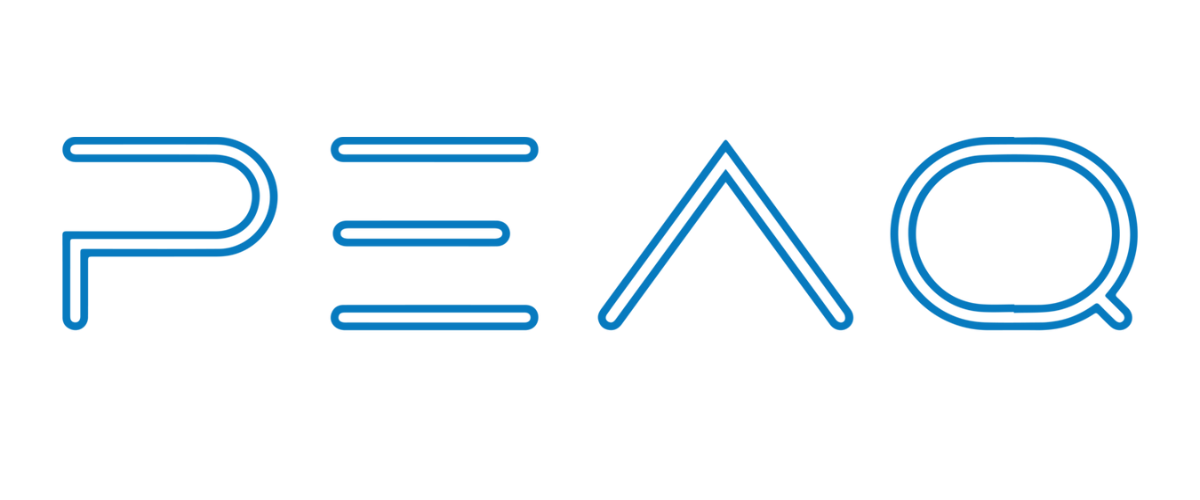Hypertrophy training. What is it and why should I be doing it?
A1 Performance & PEAQ Coach, Marcus knows a thing or two about getting strong and building power in his athletes. He sat down with us to break down hypertrophy training; why it’s important, what it will help us achieve and how we can incorporate it into our training.
Hypertrophy training refers to resistance training with a specific goal to increase muscle mass and size. When you think of hypertrophy training, you probably think of bodybuilders such as Arnie or Chris Bumstead, but not everyone that trains for hypertrophy ends up looking like that. Hypertrophy training offers many benefits to aesthetics, but also athletic populations if used correctly. We will delve into this soon. With winter approaching, many of us will need to begin this type of training soon if we are to see the results for the summer.
The science behind it:
When completing hypertrophy training the muscles undergo what we refer to as micro-tears. These micro tears are similar to regular muscle tears, although they are on such a micro level that the muscle is still fully functional and not injured, although is likely to undergo some soreness which we refer to as DOMS (delayed on-set muscle soreness). Once torn, the muscles begin repairing themselves to a larger than before state (hyperplasia), as well as increasing the amount of muscle cells present (hypertrophy). Protein synthesis occurs to repair the muscle fibres. This is the form of adaptation from hypertrophy training. Over time, often years, this training will lead to muscle groups appearing larger and possibly more defined due to an improvement in body composition.
How do we train for hypertrophy?
Hypertrophy training can be achieved through various means, but every type of training manipulates either frequency or volume (time under tension). Hypertrophy occurs predominantly during the eccentric portion of the lift, when the muscle fibres are lengthened and in a position to tear. Eccentric training is simply when the weight has the assistance of gravity, think the down phase of a bench press. The four most common techniques us coaches employ for hypertrophy are;
Training isolated body parts several times a week (minimum twice)
Training muscle groups to failure (within a rep range of 6-12, or >85% maximum)
Training with the use of tempo (eg. 5s eccentric/isometric). This increases time under tension.
Training through a full range of motion to encourage largest muscle lengthening and therefore, stretch on the muscle fibres.
A typical hypertrophy program will contain 2-4 compound movements at the start of the session, followed by 3-6 isolated movements. Compound exercises are those that target muscle groups over two or more joints, for example a squat which operates at both the knees and hips. An isolated movement is an exercise operating at just one joint, for example a bicep curl that only occurs at the elbow. The program generally uses one of the four mentioned techniques within a block, and rarely uses more than 2.
Examples of a hypertrophy program
Program A
Program A uses techniques 1 and 2 isolating specific body parts and training muscle groups to failure.
Program B
Program B uses techniques 3 and 4 incorporating the the use of tempo and a full range of motion to encourage muscle lengthening.
If you would like to know more about hypertrophy training and how you can start using it to build strength and power - reach out to Marcus today via his website today A1 Performance Coaching. Marcus offers personal training, online training and remote programming and more.



